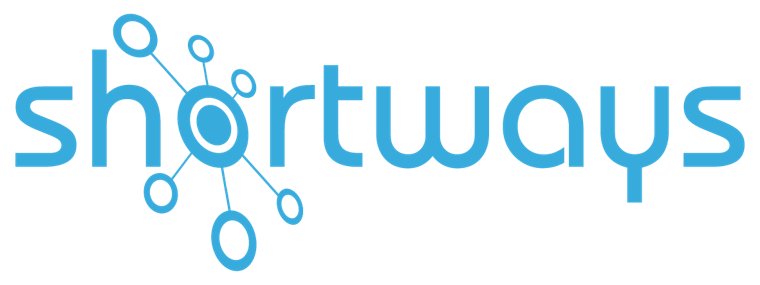In today’s era of digital transformation, the role of support goes far beyond technical issues, extending to business processes. The goal is to effectively assist employees while ensuring business continuity. Proven practices from IT support offer valuable insights for structuring an efficient workplace support system tailored to users’ needs. In this article, we explore five key lessons alongside practical recommendations.
Anticipate Needs Through Proactive Management
One of IT support’s greatest strengths is its ability to anticipate problems before they affect users. By leveraging monitoring tools, anomalies or risks can be identified before they become critical. This proactive management is equally vital in workplace support. For instance, analysing trends in user requests or recurring issues enables interventions that prevent potential blockages or misunderstandings.
Tip 💡 Adopt predictive analytics tools and business process tracking systems. Additionally, organise regular informational sessions on common issues to educate users and anticipate their needs.
Centralise Knowledge to Empower Users
In IT, knowledge bases are essential for enabling users to resolve issues independently. These resources are often intuitively organised and cover a wide range of scenarios. Applying this principle to workplace support involves creating documents, tutorials, or interactive portals that centralise key information about business processes.
Tip 💡 Develop a digital library accessible to all, featuring step-by-step guides, instructional videos, and an FAQ. Ensure these resources are regularly updated to reflect changes in tools and processes.
Tailor Support to the Diversity of User Profiles
Not all users have the same level of familiarity with business tools and processes. IT support recognises this by offering differentiated levels of assistance: basic help for beginners and specialised interventions for advanced users. This approach should also guide user support.
Tip 💡 Create tailored support pathways based on users’ roles and skills. For example, offer customised training sessions, mentoring programmes, or embedded assistance tools to meet the specific needs of each group.
Implement Metrics for Continuous Improvement
IT support relies on precise metrics, such as average resolution time and satisfaction rates, to evaluate effectiveness and identify areas for improvement. These indicators provide a factual basis for managing performance and justifying investments. Business support can adopt a similar approach.
Tip 💡 Use tracking tools to collect data on the quality of support provided. Regularly analyse this data to refine processes and train teams according to emerging needs.
Foster Inter-Departmental Collaboration
One of IT support’s key strengths is its ability to work across departments to resolve complex issues. This collaboration enables knowledge sharing and the delivery of tailored solutions. User support should also encourage cross-departmental cooperation to optimise outcomes.
Tip 💡 Establish cross-functional working groups and hold regular workshops to share feedback. Create clear escalation processes and actively involve business teams in incident resolution.
Conclusion
Proven practices from IT support provide valuable inspiration for structuring effective workplace support that prioritises user satisfaction. By integrating approaches such as proactive management, knowledge centralisation, performance evaluation, and collaboration between support and business teams, organisations can transform workplace support into a strategic enabler.
👉 It’s common to believe that any issue with a business tool or process should automatically be forwarded to the IT department. Learn more in our article: Misconception About User Support: Forwarding Every Ticket to IT Is the Best Approach.
👉 And for more solutions, explore 5 Truths About Workplace Ticketing Systems





